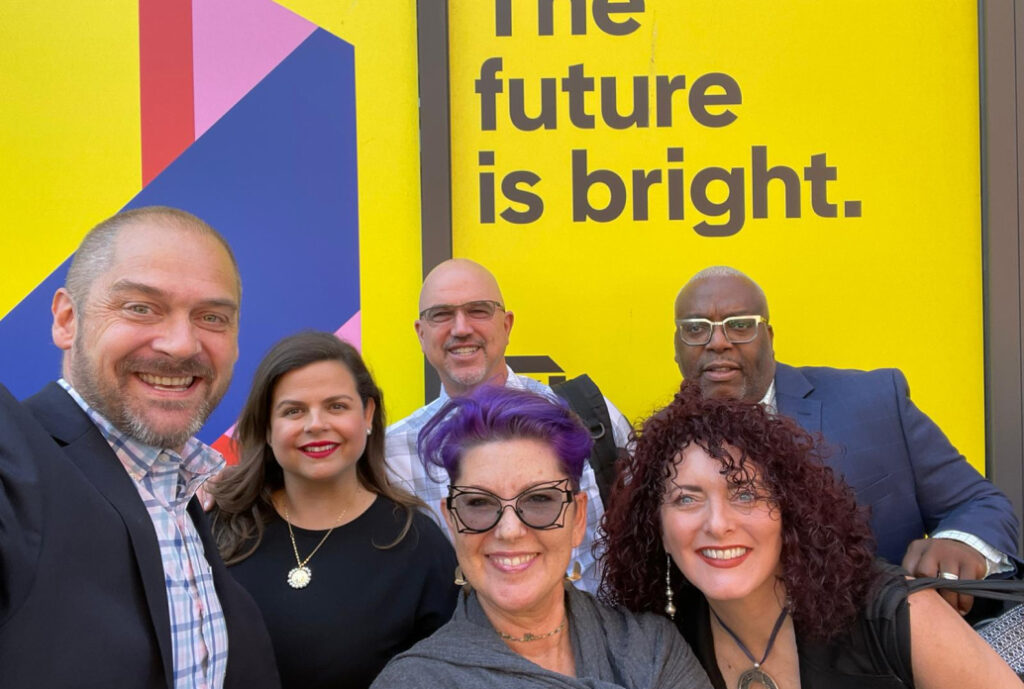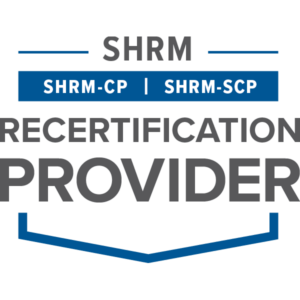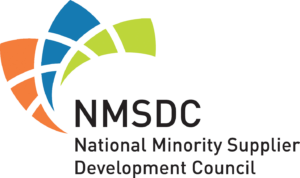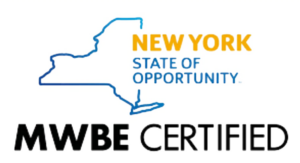Our business is helping you do better business
In 1993 we started bringing people together across lines of difference as a means to achieve mission and business success. You can start today.

Transform your organization
We bring a global team of experts and a comprehensive suite of capabilities to help your organization find its vision, carry that vision through with tangible action, and quantify the impact with proven assessment tools.
We all need this work —we just don’t all need the same work
Our global team works with organizations of every shape and size across a range of industries worldwide, including:
- Healthcare
- Government
- Law enforcement
- Professional services
- Sports
- Consumer brand
- Non-profit
- Manufacturing
- Entertainment
- Media
- Technology
Our services span your full ecosystem, including:

-
attracting and retaining the best people from all backgrounds
-
creating an environment where everyone is valued and empowered to achieve their potential, together
-
building external partnerships that create impact and growth, wherever you are in the world
-
creating mutually beneficial partnerships to expand economic prosperity
-
ensuring your organization can attract, secure, serve, grow, and retain existing and new customers
Our Partnerships
No two organizations are exactly the same, and so we work with a network of trusted partner organizations to scale our teams and meet your people right where they are.
Our credentials
Better is our business as usual.





